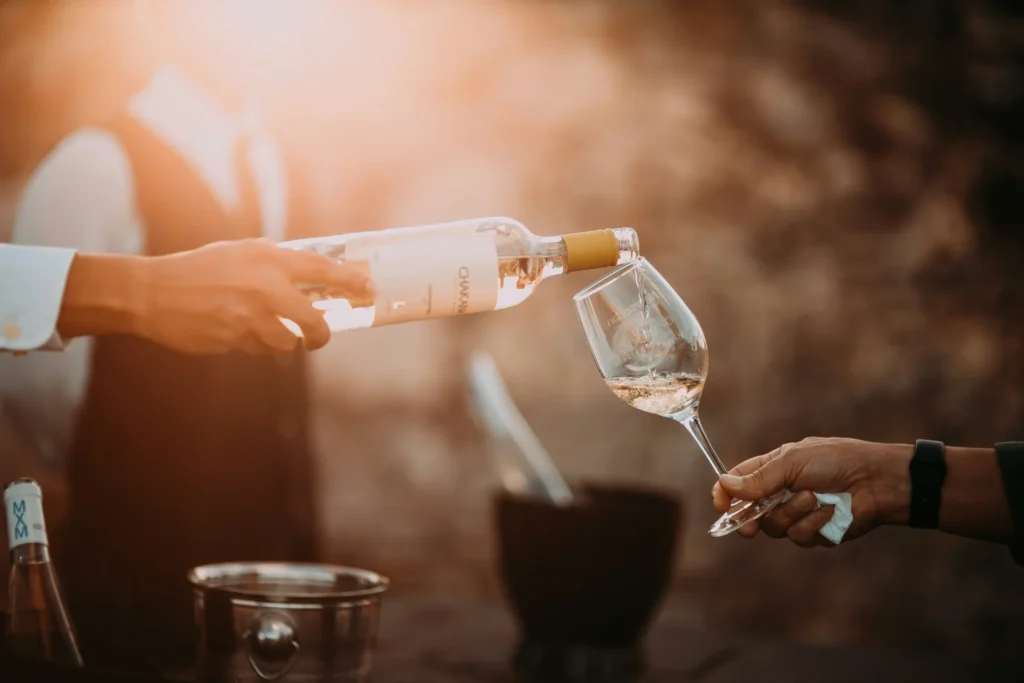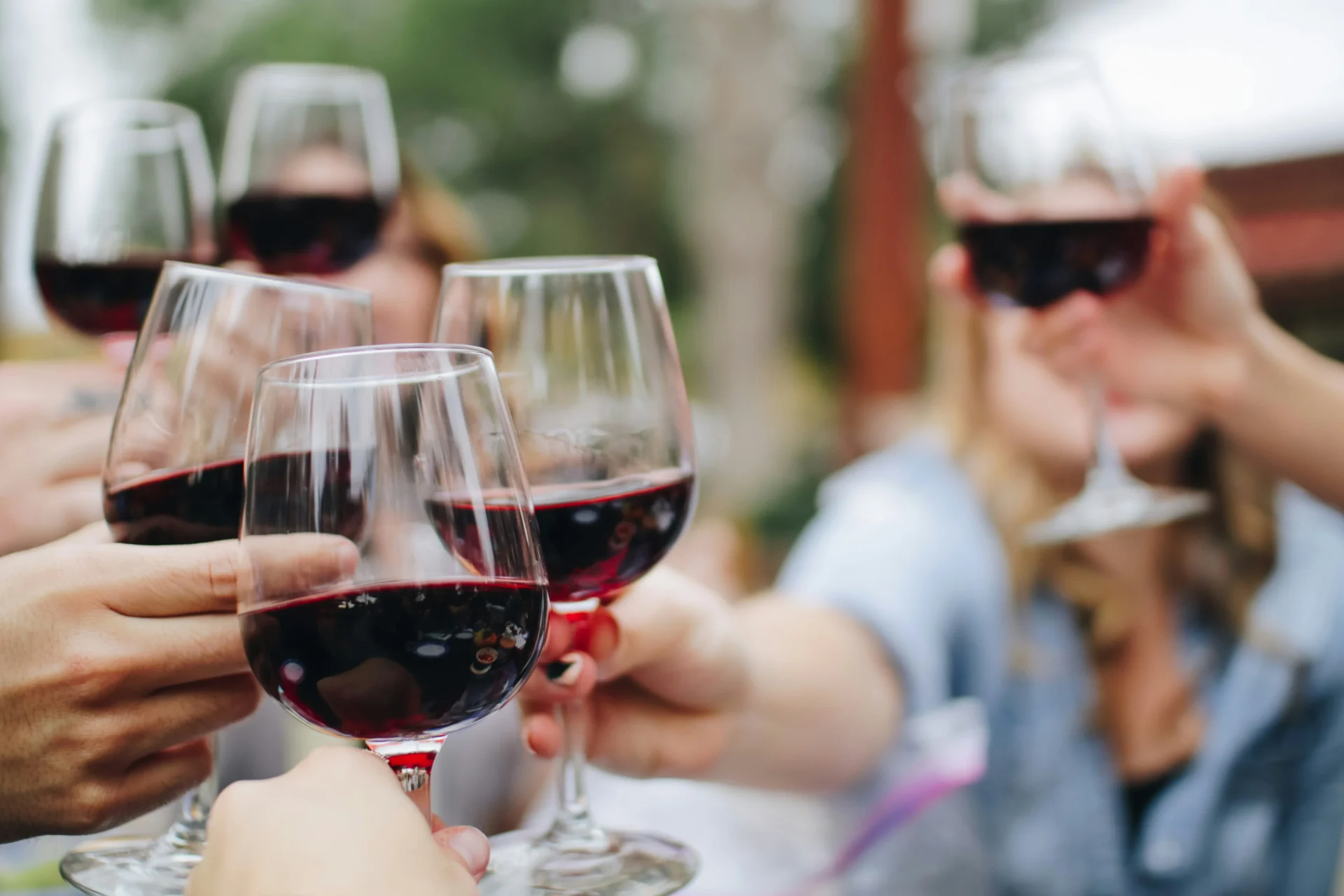Crafting a strong wine marketing strategy has become essential in today’s digital-first wine industry. As consumer behavior shifts and competition grows, wineries must approach branding with clarity and creativity. Storytelling, digital channels, and data-driven tactics all play key roles in standing out. Even small wineries can make a lasting impact when equipped with the right marketing tools. By aligning purpose with promotion, wine brands can connect meaningfully with modern audiences. Ultimately, success begins with a strategy that reflects both authenticity and innovation.
To stay relevant, wineries must embrace new approaches while preserving their heritage. Each touchpoint with a customer represents an opportunity to build loyalty. From email campaigns to content and social platforms, consistent communication is key. This guide explores effective methods to build visibility and drive growth. Through well-structured planning, wineries can expand their reach without losing their unique identity. The following sections break down essential components of successful wine marketing efforts.
Laying the Foundation for Market Visibility
A strong foundation is critical for any wine brand looking to grow its presence. Every element of a wine marketing strategy must begin with a clear understanding of brand identity. Without a consistent message, even the best promotional efforts may fall flat. Small wineries benefit greatly from defining their story early and using it across all customer interactions. When values and visuals align, customers feel more connected and engaged. Working with an experienced beverage marketing agency can help a brand solidify its identity. By creating a compelling brand foundation, wineries set the stage for sustainable visibility.
To build a recognizable identity, wineries must invest in emotional storytelling. A brand story rooted in heritage, passion, or place helps humanize the product. The brand’s personality should remain consistent from packaging to social media captions. When people resonate with the story, they become more likely to explore the product further. Over time, this deepens customer loyalty and reinforces word-of-mouth exposure. By anchoring the marketing approach in emotion, wineries can spark meaningful connections. This enhances the long-term value of a wine marketing strategy through bold positioning in the larger world of food and beverage marketing.
Messaging is only impactful when it reaches the right audience. Once the brand story is solidified, wineries must understand who they are speaking to. Email marketing segmentation helps marketers deliver the right message to the right people at the right time. Using demographic insights and buying behavior, wine brands can tailor content and offers. Whether targeting millennials with digital-first content or older generations through email, approach matters. Personalization increases relevance and drives engagement. A smart wine marketing strategy considers both brand values and audience needs to create effective messaging across every platform.
Blending Digital Channels with Purpose
Modern marketing relies on a thoughtful blend of digital platforms to reach buyers where they are. A wine marketing strategy should consider where audiences engage most and prioritize those channels accordingly. From strategizing Instagram reels to email newsletters, each tool serves a distinct purpose. Successful brands do not use every platform; they focus on what aligns with their audience and goals. For example, visual storytelling works well on social media, while in-depth education thrives in blog content. By being selective and strategic, wineries conserve time and resources. This intentionality improves campaign results and boosts long-term customer interaction.
Email marketing continues to be one of the most reliable digital channels for wineries. When executed properly, it delivers high engagement and strong conversions. Segmenting audiences based on behavior or purchase history leads to more relevant messaging. Special offers, tasting notes, and behind-the-scenes content keep customers interested. A branded email series can extend storytelling and build anticipation for seasonal releases. This format also allows for controlled messaging without competing with noisy social feeds. Consistent email communication keeps the brand top of mind while nurturing loyalty.
Social media offers dynamic ways to showcase wine products and create community. Wineries can share educational content, host virtual tastings, or highlight customer stories. Interactive content formats like live videos and Q&A sessions foster two-way communication. Gen Z and millennials, in particular, engage more when content feels relatable and fun. While polished visuals still matter, authenticity increasingly drives performance. Platforms like TikTok reward creative storytelling and can introduce wine to younger audiences. By using social media to build relationships, brands create lasting impressions.
Strengthening Brand Story Through Content
At the heart of every strong marketing effort lies consistent, engaging content. A compelling wine marketing strategy uses content to educate, inspire, and persuade. Blog posts, videos, and even podcasts can highlight the craftsmanship behind every bottle. By publishing useful and interesting material, wineries position themselves as industry leaders. Content also improves SEO, making it easier for new customers to discover the brand. Well-crafted articles about pairings, varietals, or vineyard practices create value beyond the product. Content works silently in the background to grow visibility and trust.
Visual content adds another layer of storytelling that deepens audience connection. This is where food photography marketing can come in. A series of short videos showing the winemaking process or vineyard scenes adds authenticity. Customers want to see the people behind the brand, not just the product. Showcasing staff members, seasonal changes, or sustainability practices builds transparency. Strong visuals can also be repurposed across email, social, and product pages. Every piece of content should reinforce the brand voice and values. Cohesive visuals elevate perception and distinguish a brand from competitors.
Educational resources and how-to content offer practical benefits to consumers. These materials solve real problems while building brand authority. For instance, a blog post on proper wine storage can rank well in search and offer value to new buyers. Tutorials on wine pairings or tasting etiquette serve both novices and connoisseurs. Downloadable guides and infographics also encourage sharing and bookmarking. As a result, content becomes both a traffic source and a conversion tool. Strategic planning ensures topics align with audience interests and brand goals. This approach mirrors success seen in digital marketing for food and beverage brands focused on long-form value creation.
Improving Website Performance for Sales and Search
A winery’s website plays a central role in how customers perceive and interact with the brand. Every wine marketing strategy should treat the site as both a storytelling hub and a transactional space. First impressions matter, so visual design, speed, and mobile responsiveness are essential. When visitors land on the homepage, they should immediately understand the brand’s values and offerings. Simple navigation helps users find product information, upcoming events, or blog posts with ease. Product pages should include high-quality images, tasting notes, and clear calls to action. Every element of the site should work toward conversion and trust-building. Optimizing the site enhances the overall performance of the wine marketing strategy.
Search engine optimization makes the website easier to find through organic traffic. Using relevant keywords in page titles, meta descriptions, and blog content improves visibility. Structured data, such as schema markup for events and product reviews, can increase click-through rates. Local SEO is also important for wineries that rely on foot traffic for tastings or events. Reviews, location pages, and Google Business optimization all contribute to local discovery. Internal linking supports SEO while guiding users through related content. The more user-friendly the site, the more likely it is to rank well and convert visitors. Many strategies that work well in local SEO for restaurants can be adapted for wineries looking to improve their neighborhood presence and drive in-person traffic.
User experience is the bridge between discovery and sale. Checkout processes should be streamlined, with minimal steps and clear shipping information. Pop-ups offering first-time buyer discounts or wine club signups help increase conversions. Mobile performance matters, especially since many users browse wine content on smartphones. Tools like heatmaps and analytics dashboards help identify where users drop off or engage most. These insights support better design and layout decisions over time. A responsive, well-optimized site reflects professionalism and care. It also opens up opportunities for innovation, including the integration of sustainable packaging design as part of the visual and value-based appeal to digital-savvy customers.

Using Analytics to Drive Smarter Campaigns
Marketing without analytics is like pouring wine without a glass. A wine marketing strategy thrives on understanding performance through precise tracking. Metrics like open rates, bounce rates, and engagement levels are essential to adjusting campaigns in real time. These figures shape decisions about audience targeting and content design, offering direction instead of guesswork. Campaigns that use this data effectively become more efficient and impactful over time. Brands investing in analytics maximize both reach and return, reducing waste and increasing clarity. Clear benchmarks ensure that storytelling and performance go hand in hand.
Analytics deepen their value when combined with smart segmentation. Segmenting audiences by behavior, like tracking those who favor sparkling wines, helps tailor campaigns with greater precision. Personalized messaging leads to stronger engagement, echoing the power of behavior-based marketing seen in restaurant marketing strategies, where loyalty programs and offers are crafted based on diner preferences. Automation tools make this level of targeting more accessible, especially for wineries seeking efficiency. With the right software, outreach becomes consistent, relevant, and data-informed. Segmentation, when executed well, converts insight into lasting brand loyalty.
Looking beyond current activity, predictive analytics offer a lens into the future of wine marketing. Seasonal buying patterns, regional preferences, and past campaign results all feed into smarter planning. Predictive modeling does not just react to trends, it shapes them. As wineries identify new audiences or channels, they create space for innovation backed by data. The evolving landscape of consumer behavior is best navigated through the kind of rigor found in food and beverage market research, where future-facing strategies are built from real-time data. A flexible wine marketing strategy that incorporates these tools stays resilient and competitive. Adaptability, powered by analytics, ensures a sustainable edge in an ever-changing market.
Connecting With Younger Generations and New Markets
As wine audiences diversify, brands must adapt their messaging to stay relevant. A successful wine marketing strategy reflects generational preferences while maintaining core identity. Gen Z and younger millennials expect transparency, entertainment, and interactive content. They respond more to videos, memes, and user-generated content than traditional ads. Wineries that lean into humor or lifestyle content often resonate better with these groups. The tone should be casual but still informative to reflect authenticity. Showing people, not just products, helps humanize the brand experience.
Understanding platform preferences is key to reaching new consumers. Gen Z spends more time on TikTok and Instagram than on email or blogs. Short-form video content, creator collaborations, and challenges perform better than static posts. Engagement metrics on these platforms offer immediate feedback for refinement. These techniques are commonly seen in Instagram marketing for restaurants, where visual appeal and interactive storytelling drive discovery. At the same time, the message should reinforce product quality and brand values.
Reaching new markets also requires cultural sensitivity and inclusivity. Diverse representation in branding, events, and partnerships broadens appeal. Offering wine descriptions in multiple languages or using multicultural chefs in pairings opens new opportunities. Celebrating global traditions around wine connects with audiences beyond the usual circles. Entry-level varieties or trial-size packs lower the barrier for first-time buyers. When brands meet people where they are, loyalty becomes more likely. These inclusive approaches echo techniques from food and drink advertising, which prioritize authenticity and representation across diverse market segments.
Final Thoughts
An effective wine marketing strategy blends storytelling, analytics, and modern tools into one cohesive effort. Each channel and campaign should serve a purpose aligned with brand goals and customer needs. Content, social media, and email are no longer optional; they are essential components of a successful marketing system. By building trust, educating consumers, and optimizing the digital experience, wineries create deeper relationships. This approach goes beyond visibility to establish long-term relevance in a competitive industry. When executed consistently, the right strategy turns everyday wine into something memorable.
For wineries ready to take their marketing further, expert support can make a significant difference. For over 10 years, fishbat has helped brands refine strategies that deliver measurable results. Working with the top New York digital marketing agency can help you improve your digital presence. Reach out to our specialists at 855-347-4228 or email hello@fishbat.com to schedule a free consultation. You can also read more on our about us page. It all starts with a strategy built to connect, convert, and grow.


